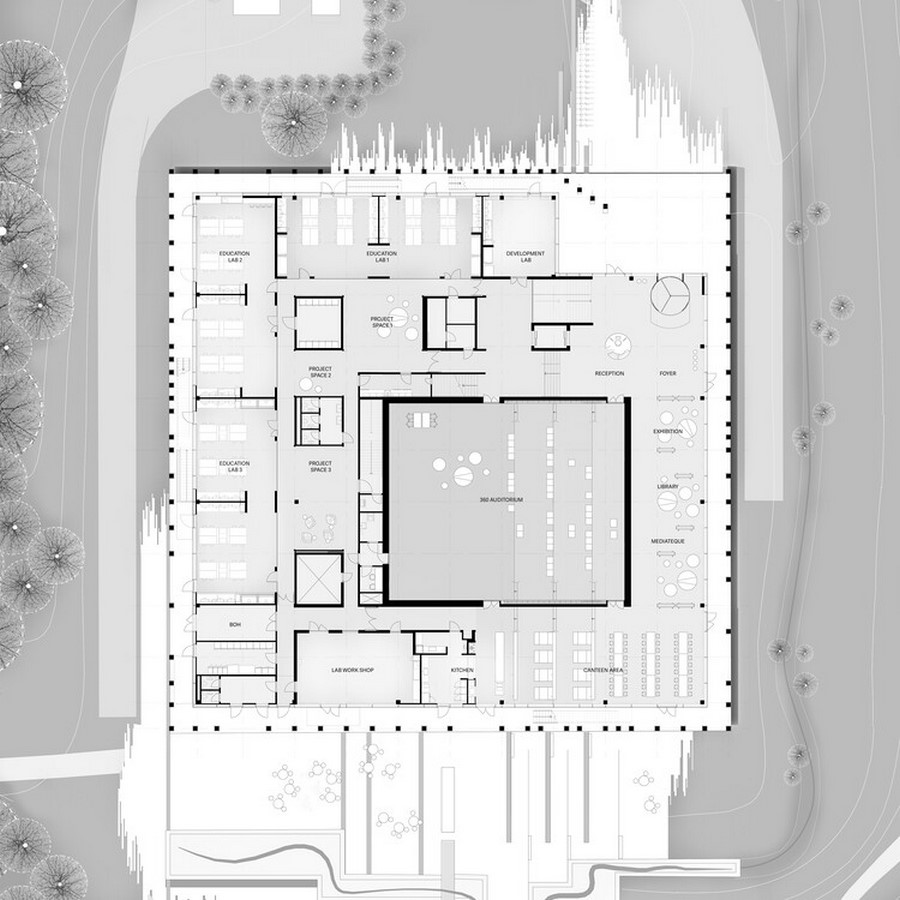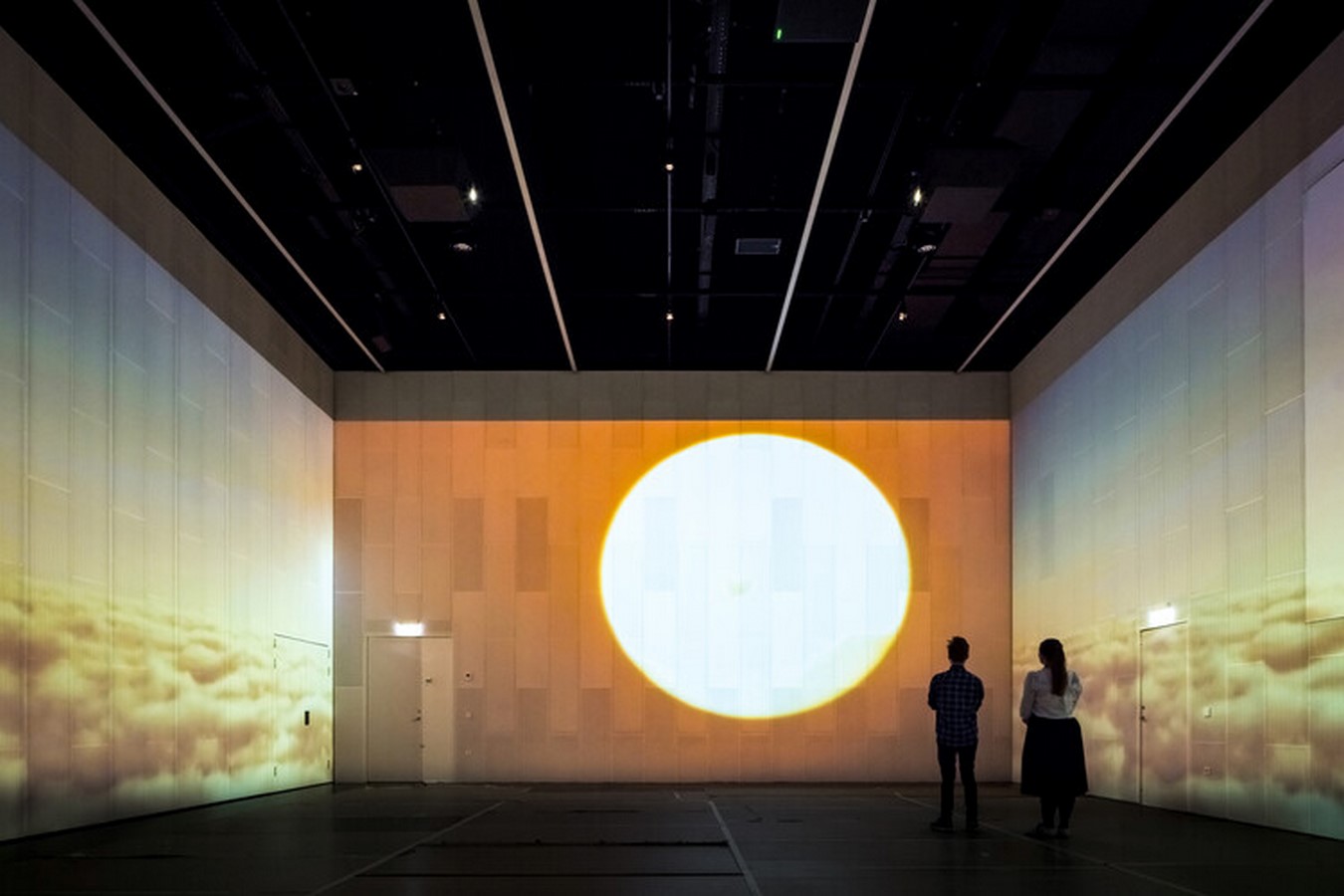Exploring the Future of Learning LIFE Campus

Introduction
Located in Kongens Lyngby, Denmark, the LIFE Campus stands as a beacon of innovation and education, designed by Vilhelm Lauritzen Architects. This visionary learning center aims to ignite children’s interest in the natural sciences, offering an immersive experience where learning transcends traditional boundaries.

A Sensuous Learning Environment
LIFE Campus embodies a sensuous high-tech universe where education and inspiration converge. From exploring the moon to delving into the core of an atom, children are transported into a world of discovery. The design, influenced by STEM principles (Science/Technology/Engineering/Mathematics), seamlessly integrates nature and science, fostering a holistic approach to learning.

Innovative Design Elements
Upon arrival, visitors are greeted by ninety-six raw oak columns, symbolizing DNA and Fibonacci sequences. Inside, a digital learning environment awaits, featuring high-tech labs, a 360-degree projection hall, and modern workspaces. The design process involved input from science teachers, ensuring that educational activities are tailored to meet the needs of students.

Supporting Sustainable Development
LIFE Campus is more than just a building; it’s a catalyst for addressing current societal challenges aligned with the UN’s Sustainable Development Goals. Through hands-on learning experiences, students tackle real-world issues, mirroring the research environments of leading companies and universities.
Longevity and Adaptability
Designed to endure for generations, LIFE Campus is flexible and adaptable, capable of evolving alongside advancements in science and technology. Its longevity is evident not only in its physical structure but also in its ability to offer relevant science courses to students of all ages.


Integration with Nature and Community
Surrounded by lush landscapes, LIFE Campus seamlessly integrates with its natural surroundings. An experience path connects the building to science-inspired art pieces, while learning gardens and orchards provide opportunities for outdoor education. Additionally, the campus serves as the headquarters for the LIFE Foundation, promoting the accessibility of natural sciences in Denmark.

Conclusion
As a hub of innovation and education, LIFE Campus represents the future of learning. By merging cutting-edge design with hands-on experiences, it empowers students to become the next generation of scientists, engineers, and innovators. Through its commitment to sustainability, adaptability, and community engagement, LIFE Campus is poised to shape the future of education for years to come.


















